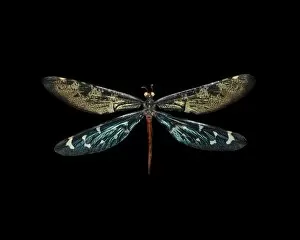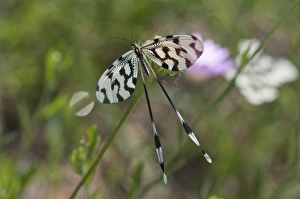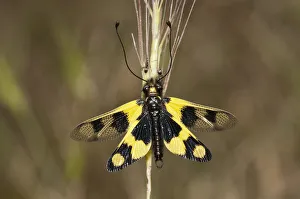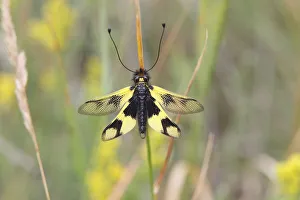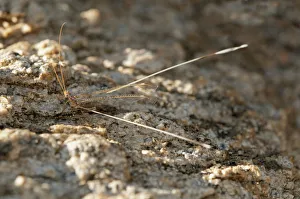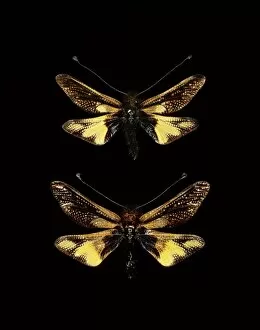Neuropteran Collection
Neuropterans, also known as spoonwings and lacewings, are fascinating insects found in various parts of the world
All Professionally Made to Order for Quick Shipping
Neuropterans, also known as spoonwings and lacewings, are fascinating insects found in various parts of the world. One such species is the Nemoptera sinuata, spotted near Lake Kerkini in Greece, Europe. Its delicate wings resemble a spoon and its graceful flight mesmerizes onlookers. In Lycia, Turkey, the Owlfly (Libelloides sp) showcases its unique beauty. With intricate patterns on its wings and captivating colors, it adds charm to the landscapes it inhabits. The Diurnal Owlfly (Libelloides macaronius) is another remarkable neuropteran found in Palaiokastro, Macedonia, Greece. It displays two different wing positions - closed and open - each revealing an exquisite blend of hues that make it truly enchanting. An Ascalaphid (Libelloides macaronius), resting gracefully on a blade of grass at Hackelsberg nature reserve in Winden am See, Burgenland Austria demonstrates elegance even during moments of stillness. Traveling to Goegap Nature Reserve in Namaqualand South Africa brings us closer to witnessing the Spoonwing Lacewing (Nemeura gracilis). This particular species stands out with its slender body and ethereal wings that seem like delicate pieces of art fluttering through African skies. Green lacewings can be seen perched delicately on nettle flowers while brown lacewings add earthy tones to their surroundings. The antlion showcases its predatory prowess while owly sulphur owlflys captivate with their vibrant yellow coloration. Lastly, we have green lacewing eggs captured beautifully in C018 / 5857 photograph; a testament to new life waiting to emerge from these tiny wonders of nature's design. These glimpses into the world of neuropterans remind us of the immense diversity present within our ecosystems.

